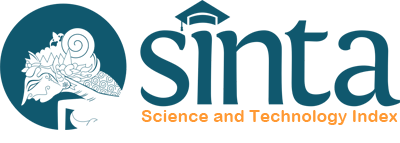Description of Thoracic Expansion and Mobility Capacity in Covid-19 Patient in Isolation Ward
Abstract
Introduction. COVID-19 patient not only experienced respiratory manifestation, but they also generate generalized muscle weakness. This manifestation results in deterioration of physical capacity.
Methods. This cross-sectional study identified the characters of COVID-19 patient based on their age, gender, severity of disease and whether they have comorbidities or not. This study also described the functional capacity using a modified 30-Second Sit-to-Stand Test (m30STS) and chest expansion measured at three levels (axillary, nipple, and xiphisternum).
Result. M30STS was one of reliable measure that used for physical or functional capacity. Chest wall expansion determines lung volume and functional capacity as well. Eighty-five subjects in isolation ward were enrolled. This study shows there is reduction of functional capacity in COVID-19 patients. Majority of subjects tend to reached lower number of repetitions in m30STS or about 10.37 times in average.
Clonclusion. The thoracic expansion was reduced below normal range in all subjects.
Downloads
 Viewer: 447 times
Viewer: 447 times
 PDF downloaded: 455 times
PDF downloaded: 455 times











